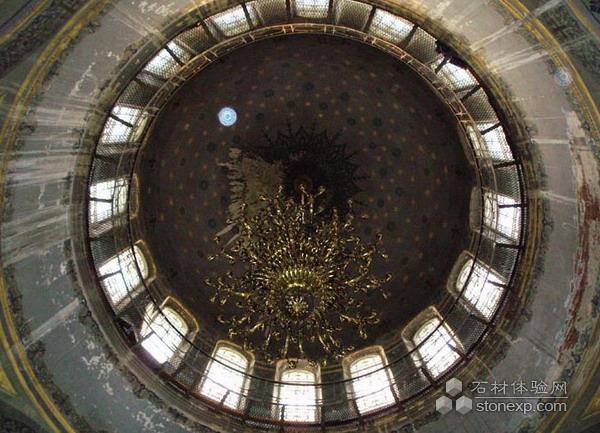The Hagia Sophia In Turkey
|
Hagia Sophia is a former Orthodox patriarchal basilica, later a mosque and now a museum in Istanbul, Turkey. From the date of its dedication in 360 until 1453, it served as the cathedral of Constantinople, except between 1204 and 1261, when it was the cathedral of the Latin empire. The building was a mosque from 29 May 1453 until 1934, when it was secularized. It was opened as a museum on 1 February 1935. Famous in particular for its massive dome, it is considered the epitome of Byzantine architecture and is said to have "changed the history of architecture."It was the largest cathedral in the world for nearly a thousand years, until Seville Cathedral was completed in 1520. The current building was originally constructed as a church between 532 and 537 on the orders of the Byzantine Emperor Justinian and was the third Church of the Holy Wisdom to occupy the site, the previous two having both been destroyed by rioters. It was designed by Isidore of Miletus, a physicist, and Anthemius of Tralles, a mathematician.    |



